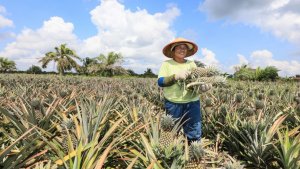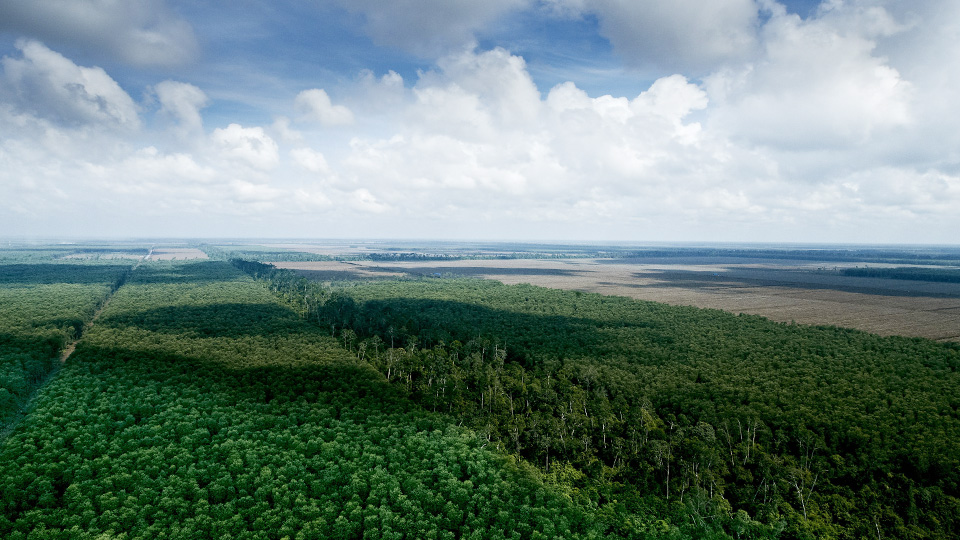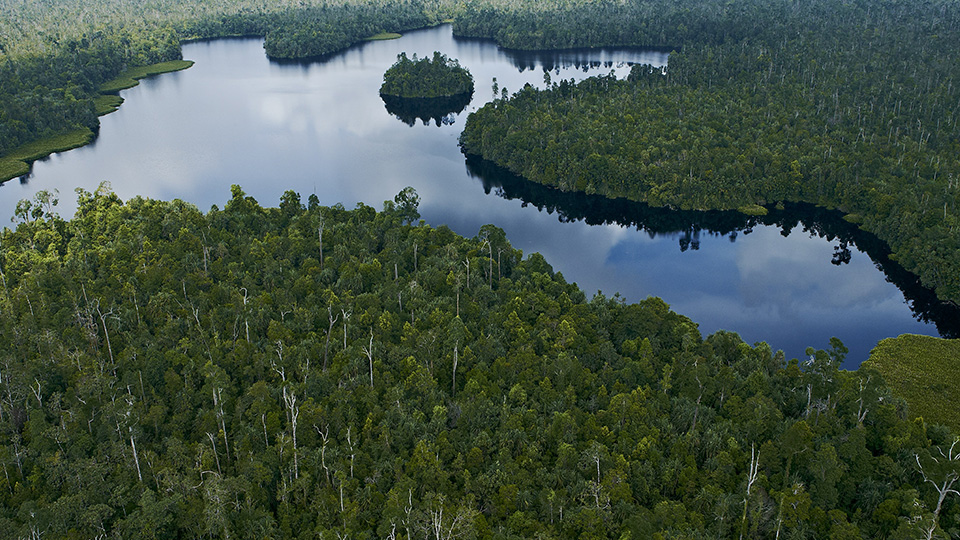5 Ways to Protect Our Forests in Honor of International Forest Day
- Details
The world celebrates March 21 as International Forest Day. Also known as the International Day of Forests, it was established by the United Nations General Assembly back in 2013. Every year since then, the day has been an important point in the calendar, when planting programs and other activities are organized at the local, national and international level. It’s all about conserving and celebrating one of our planet’s most important (and most endangered) natural treasures: forests.
But why are forests so important? And what can we do to protect them? In this article, we get to the root of the matter, looking closely at the benefits forests provide and seeing what can be done to protect them. We also ask ourselves an important question: how can we help forests continue to survive, thrive, and provide for future generations?
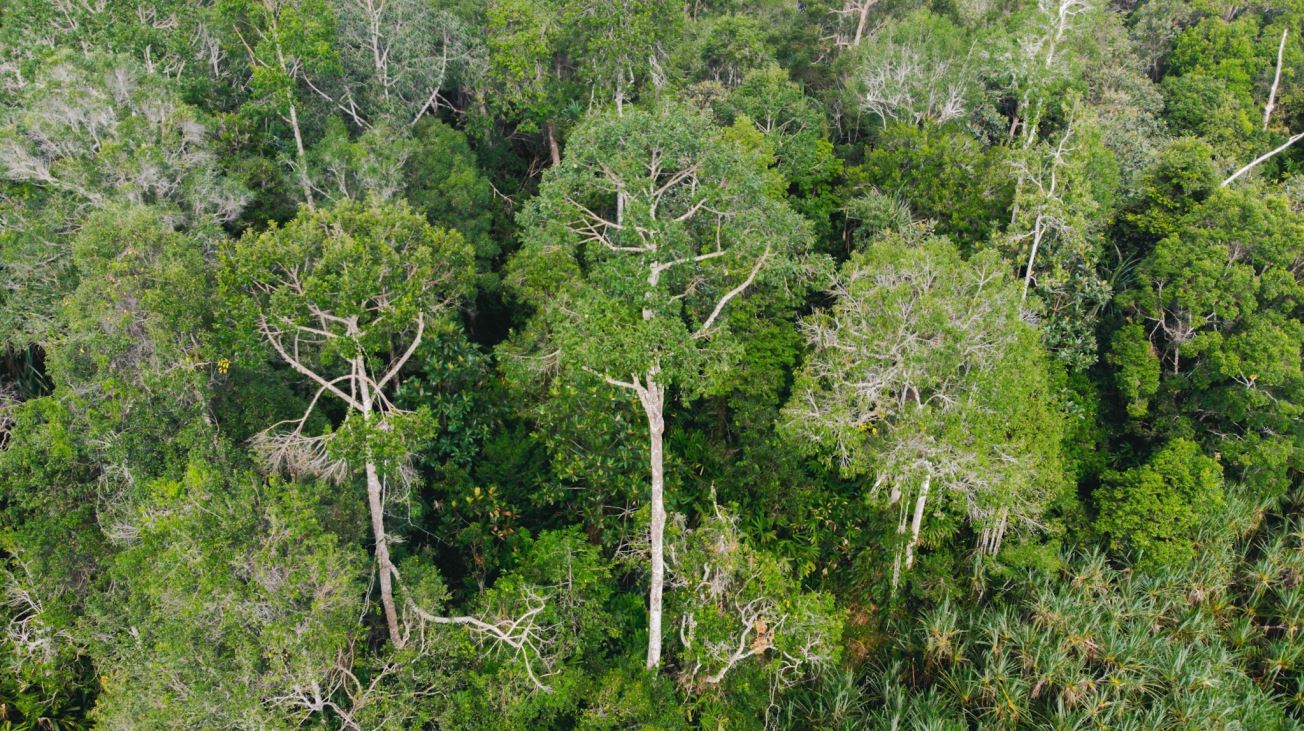
The Importance of Healthy Forests
Forests are the lungs of our planet. They absorb harmful carbon dioxide out of the atmosphere and store it safely away in their branches and root systems, while also exhaling clean, life-giving oxygen as a biproduct of this process. Pretty amazing, right? This makes trees and forests an essential life support system and our first line of defense in the battle against climate change.
But forests are more than just carbon sinks and air purifiers. They recycle nutrients, which are the basis of a healthy ecosystem; they filter water, making it safe for us to drink; they provide homes for countless species of animals and plants; and they provide social, cultural and economic benefits to people and communities around the world.
Forests provide livelihoods for humans and habitats for animals, while also mitigating the impacts of climate change. From recreation and resources to medicine and carbon storage, they offer a range of benefits to people and nature. Put simply, healthy forests mean healthy communities and healthy planet.
5 Fun Facts About Forests
- They’re the tallest living things on Earth
The tallest tree in the world is called Hyperion, a redwood from California that stands an incredible 380 feet (115.61 meters) tall!
- Some trees have even been to the moon
In 1971, NASA’s Apollo 14 mission took seeds into space to see if they’d germinate, and to find out how changes in gravity affected growth.
- Trees can communicate
Scientists have discovered that trees can warn each other of danger. You know that unmistakable smell given off by pine forests? It turns out that’s a chemical alarm bell from tree-to-tree, warning of insect attackers.
- More than half of all tree species come from one place
There’s one country that’s home to over 50% of all the known tree species in the world. Can you guess which country it is? You’ve got it – Brazil.
- Trees help us fight climate change
In a typical year, a fully-grown tree can suck more than 48 pounds of Co2 out of the atmosphere. As if that wasn’t enough, they also provide us with life-giving oxygen.
How to Protect the Forest
Despite their importance to human health and the wellbeing of our planet, forests around the world are in serious decline. How can we help reverse this trend? What can individuals, communities, companies and countries do to protect the forests we have left, and how can we ensure trees continue to provide for future generations?
Here are some ways we can help keep our planet green:
- Think big, start small
Now that we understand the benefits of forests, we should adopt a lifestyle that helps mitigate the risks of climate change. You can start small, by growing your own food or by supporting farm-to-table initiatives. You can also participate in the greening of your community by planting trees in your garden. Every little helps!
- Learn more about forests and pass on knowledge to future generations
Forests have a huge amount to teach us. To save them, we have to be ready to listen and learn. Engaging young people is essential, so they can grow up to become the next generation of arboreal experts and custodians. Just as mighty oaks grow from a single acorn, education can help nurture a greener future for the world’s forests.
- Use eco-friendly and sustainably made products
We can be more responsible consumers by thinking carefully about the products we use. Paper, for example, is an inseparable part of our lives – from our cereal box to the documents we print for work, this material is widely used in all aspects of our day. With the appropriate management and guidelines, wood (the raw material of paper) can be a truly renewable and sustainable resource. So to be kinder to the earth, look for paper products that come from sustainable sources, like PaperOne, which is PEFC-certified.
- Responsible forest visits
Forests can be inspiring places to visit. Just as trees contribute to environmental health, they can also have a positive impact on our wellbeing. But to make sure your journey into the greenwood doesn’t have a negative knock-on effect, it’s important to be mindful and tread carefully. This relates to how you travel, what you bring with you and what you take home.
- Forest restoration
Our planet has reached a critical turning point – over the next decade, our collective actions will determine the future. Reforestation is key to this process. As part of our APRIL2030 commitment, we’re working to achieve climate-positive development, support thriving landscapes through our production-protection management approach, empower communities through inclusive progress, and ultimately achieve sustainable growth based around circular systems.
To find out more on our commitment to protect and restore ecologically important peat swamp forest on the Kampar Peninsula and Padang Island go check, https://www.rekoforest.org/, where APRIL is working to protect, assess, restore and manage peat forests in Indonesia.
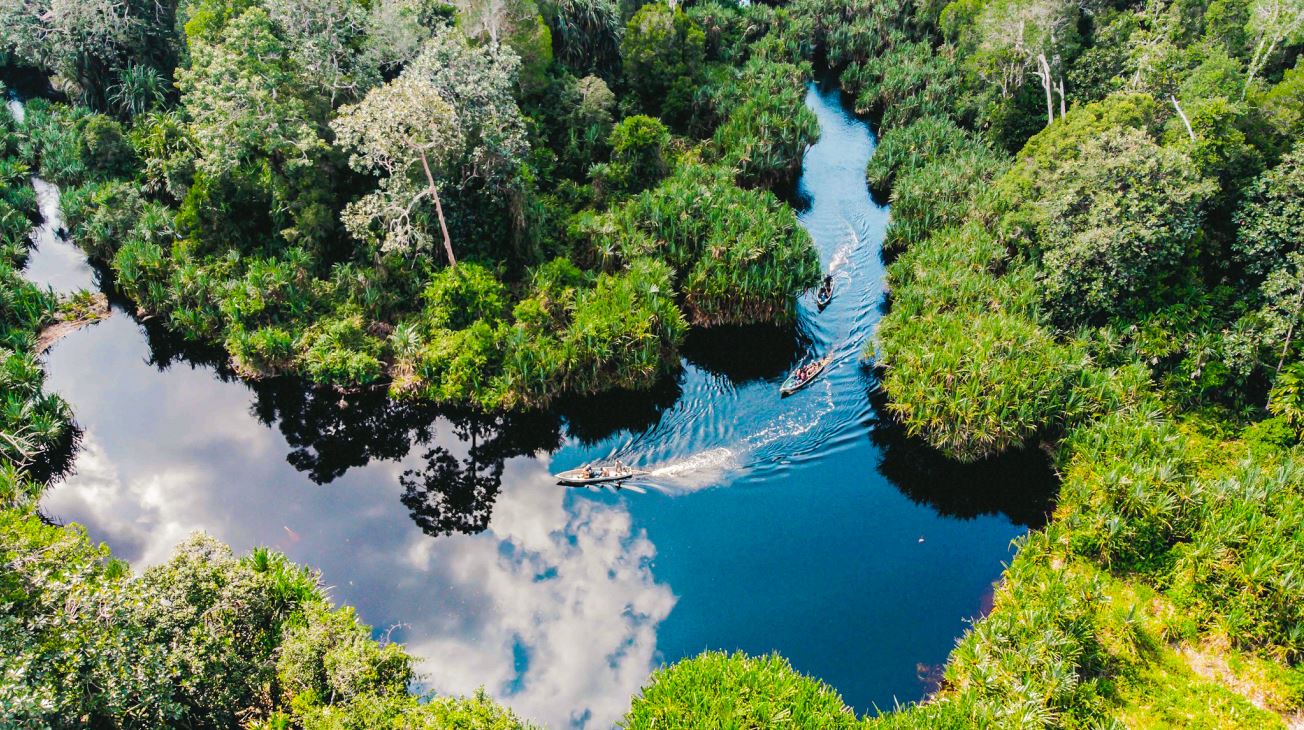
On March 21, as we celebrate international forest day, let’s all take a moment to appreciate the many incredible benefits our forests provide, and commit to ensuring they have a future. There are many things we can do to give forests a helping hand – planting new trees, protecting those we already have, and buying forest-friendly products.
Every forest is made up of individuals, standing alone but working together. Taking our inspiration from the forests themselves, APRIL is committed to making a difference, from root to branch.
More Articles


